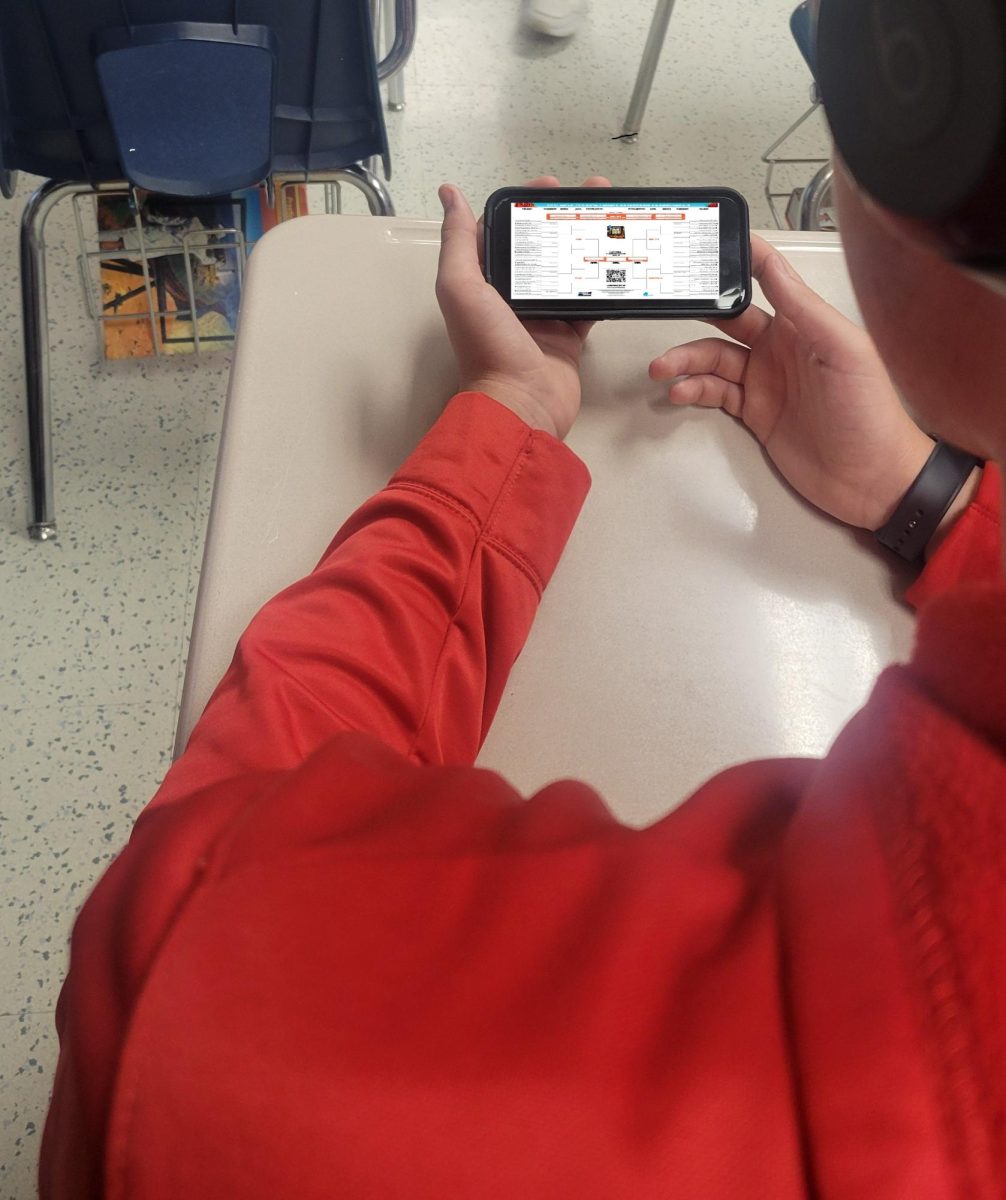Has the presence of alien life on other planets been confirmed? International scientists ponder the question in light of recent discoveries.
Gliese 581g, a new addition to the Gliese planetary system first discovered in 2005, lies in a “Goldilocks zone.” Known for their optimal temperature (not too hot, not too cold), Goldilocks zones cater to life forms by their temperature and conditions. Gliese 581g hangs in such a zone, close enough to its star that extraterrestrial life may be a distinct possibility.
First announced in late September, the discovery of Giese 581g encourages the possibility of life on other planets due to its atmospheric conditions.
“It’s a fantastic breakthrough in the science community,” Senior Justin Snowden said, “I don’t think there’s life there. But I do think humans on Earth can find a way to plant life there.”
While nearly all statistics on the planet are only estimates and scientific guesswork, the planet’s figures look good. Three to four times the size of earth, Gliese 581g is thought to be the most earthlike planet discovered to date. The mass of the planet suggests that it has rocky terrain, with a solid surface similar to Earth’s. With a mass that size, scientists believe the atmosphere to be dense enough to regulate sustainable weather. The gravity of the planet is suspected to be nearly 1.1 to 1.7 times Earth’s gravity.
Gliese 581g’s similarity to Earth poses the possibility of extraterrestrial life.
“Anything’s possible,” environmental science teacher Dr. Ruth said, “I mean we’ve found small traces of water on Mars before so it’s definitely a possibility.”
Life on Earth is highly credited to the axial tilt and rotation of the planet. However, one problem possible life forms might face on Gliese 581g is the planet’s lack of rotation. Therefore, one half of the planet is permanently fixed in darkness while the other side experiences full light. Gliese 581g is also not tilted, which means it has no regular seasons.
With extreme temperatures on each side of the planet, possible life forms would be forced to find a happy medium somewhere on the border. All the same, globally circulating winds may lead to balanced temperatures in certain regions. The dense atmosphere could lead to further regulation of temperature and fully circulating water cycles (if water actually is present).
Steven Vogt, cofounder of the planet, said, “Personally, given the ubiquity and propensity of life to flourish wherever it can, I would say that, my own personal feeling is that the chances of life on this planet are 100%. I have almost no doubt about it.”
So while the actual presence of aliens has not been confirmed, the possibilities appear much brighter.





